What percentage of ground beef is the best for maximum juiciness in a smash burger? How hot should the griddle be to get the best sear? How long before I flip to make sure I get the best crust?
What's the best burger bun, is there only 1 right cheese, cold beef vs. room temperature? Let's overthink and test the best way to make the smash burger.
Click to skip straight to our Perfect Smash Burger Recipe Checklist!
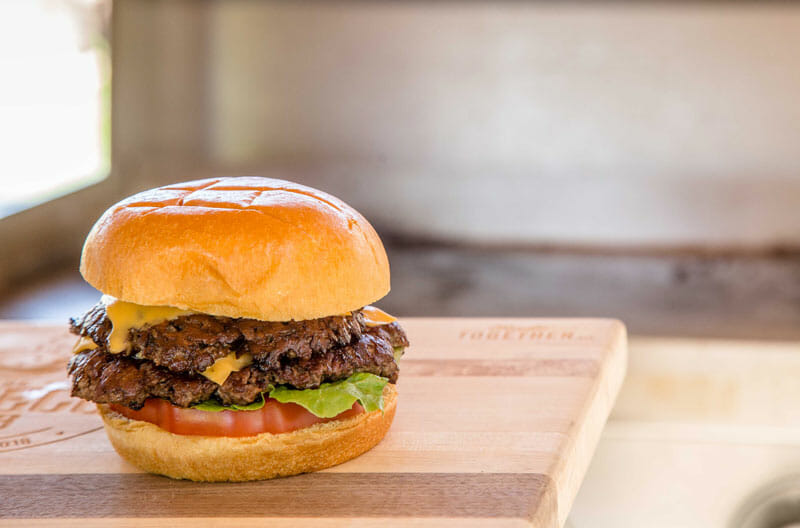
The subject of today's video was created over 60 years ago in Kentucky, when a bean can was used to smash a hamburger on a flat top to get maximum flavor. Since that day, countless eateries have put their own version of the smash burger on their menu, but there are closely guarded secrets that nobody is talking about with the smash burger.
We're going to tackle your burning questions about the smash burger, so let's dive in.
Our Smash Burger Video:
What Is A Smash Burger?
For those of you joining us that aren't familiar with a smash burger, it is what it sounds like.
The beef patty is put on the grill in the form of a round ball of meat, and it's smashed against the flattop with something flat, like a pot lid or a metal can or spatula.
It isn't a thick burger patty, but it's seared until it gets crusty on the bottom, and then add cheese, and... well, they're delicious. On to the variables of what makes a great smash burger.
What Is The Best Beef To Fat Ratio?
So we decided to put it to the test to see if one produced better smash burgers than the rest.
We picked up 3 different pounds of ground beef that we could find at the local supermarket. The highest fat percentage was 27% fat to 73% beef. Next was 20% fat to 80% beef and then 7% fat to 93% beef. I made 4oz patties of each type of ground beef, and then balled them up and pressed them on the griddle.

We cooked each patty for 60 seconds to see how much fat was released during the cooking process with each type. During the multiple runs of this test, the results were very interesting.
The first time we ran it, we used 73/27 beef from a 1 pound pre-packaged tube we picked up from the local grocery store. This stuff just liquified fat all over the place. The 80/20 was freshly ground from the meat counter and held on to its juice quite well. The 93/7 beef we got from a pre-packaged tube as well, and it barely let out any moisture during the cook.
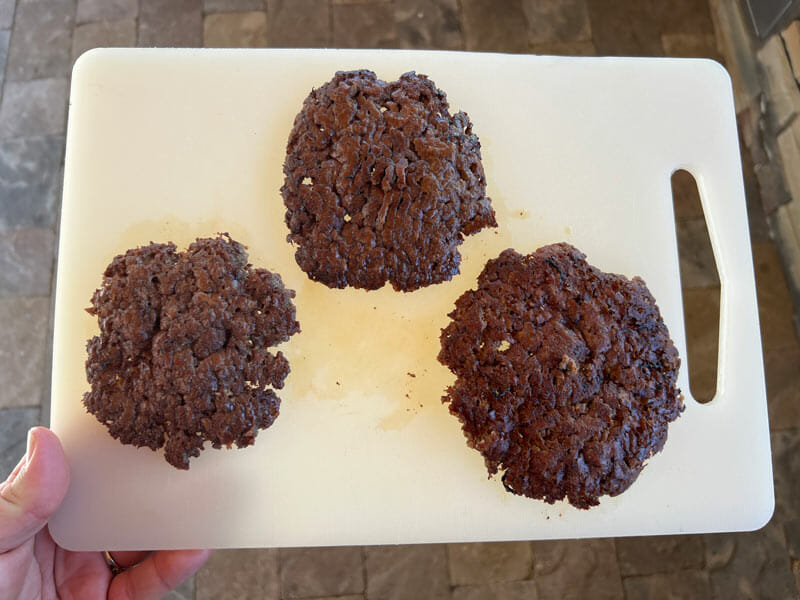
What made me curious though, was if there was a difference between the tube packs of beef and the fresh ground from the meat counter.
We ran the test again, with all fresh ground beef from the meat counter, and the results were quite different. The 73/27 beef didn't seem to give off quite as much fat during the cook. It looked very similar to the 80/20 beef that we cooked next, and they looked so similar that we wanted to weigh the patties.
We finished by cooking the 90/10 patty, which like its tube beef counterpart let off less moisture during the cook than the other patties we tested.
After they were all cooked, we broke out the scale to measure how much weight was lost during the cooking process.
The 70/30 weighed 2.8 ounces from a starting point of 4 ounces, the 80/20 weighed 3 ounces, down from 4 ounces, and the 90/10 weighed 3.05 ounces after everything was done.
For me, the 80/20 fresh ground beef is the winner here. It held on to more moisture than the 73/27 and weighed just .05 ounces less than the much more expensive 93/7 beef. The 93% beef was a bit dry in the taste test and the 80% really was the sweet spot for me.
Should We Pack Loose Or Firm?
I've seen in multiple iterations of the smash burger, that people talk about loosely packed meat balls vs. tightly packed meat balls. The idea is that loosely packed hamburger leaves more opportunity for edges that can crisp up, adding texture to the patty. A tightly pressed patty won't have the same effect, so looser is better... but we need to put it to the test.
With a smash burger, you're literally smashing the burger with a press, essentially taking away those opportunities for crispy edges as it cooks, but with some air in the ball before its smashed, can you build opportunities to get crispy edges in the patty itself instead of just around the edge?
I made two patties and pressed one into a ball as hard as I could to eliminate any air pockets and a second meat ball that I loosely rounded into a ball shape. Both went on the griddle for 60 seconds, and it was a close call here.

My preference would be for loosely packed since I don't think that the effort of packing them tightly gives any benefit to the final product.
Is Cold Or Room Temperature Better?
Getting your meat straight out of the fridge instead of having it come up to room temperature is another debate amongst cooks, so is it better to put smash burger balls on cold and straight from the fridge, or is it better to let them sit out and come up to room temperature?
Here's what happened when we tested them side by side. The ball on the left sat in the fridge until 10 seconds before it was placed on the grill and the ball on the right sat out for a half hour before we cooked it. I noticed right away that the cold burger was more difficult to press and the room temp burger was like pressing soft butter.
Ease of smashing aside, during the cook, the room temperature burger gave off more rendered fat during its time on the griddle and the cold patty of the same ground beef mixture of 80/20 retained more moisture.
So, even though it's harder to press when cold, it resulted in a more juicy patty as an end result when the meat was cold instead of warm.
How Many Ounces Per Patty?
Why is it that most smash burgers that you find in restaurants are double cheeseburgers compared to a single smash burger? Is it the thinner patty that makes a smash burger special, so thus the smaller amount of ground beef in each patty?
I've always determined how many ounces of beef I made my smash burgers with by whether I was making a single or a double. I estimated that 3 ounce patties were the best for a standard hamburger bun if I was shooting for a double cheese burger, and aimed for a 5 ounce patty if I was making a single. I'd make the single a little thicker, and since there was more ground beef, it would spread a bit past the bun as well.
I made patties from 3 to 5 ounces to see how they stacked up against each other, and here's how it turned out when we smashed them all to the same thickness.
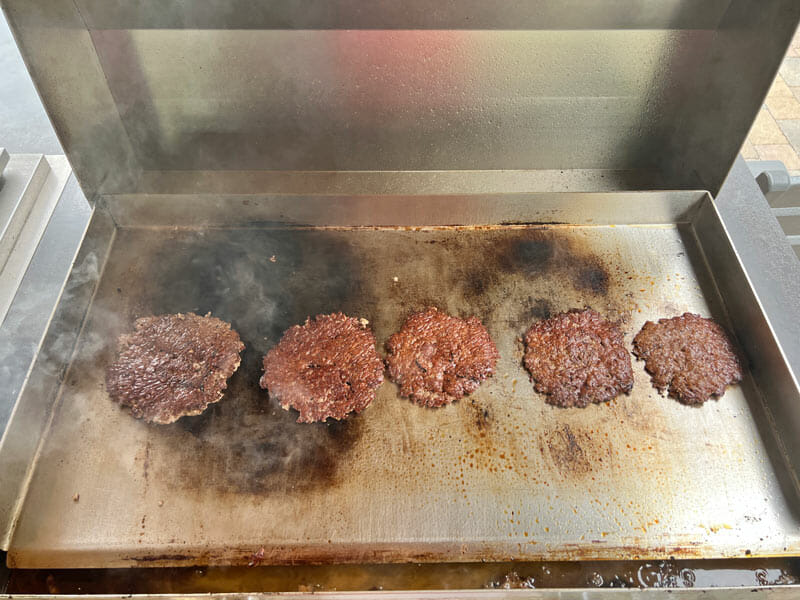
The 5 ounce patty was just plain huge and stuck out past the bun by a good 3/4 inch or more all around. The 3 ounce patty just barely snuck out past the edge of a standard potato bun, so at a minimum the 3 ounce patty fit the bun the best.
The 3.5, 4 and 4.5 ounce patties all fell somewhere in between, so i'm sticking with 3 ounce patties if I'm making a double and I liked the 4 ounce patty best for a single.
Is There A Best Type Of Griddle?
We have a Le Griddle 30" unit built into our outdoor kitchen, so most of the time we're making smash burgers on this griddle which has a stainless steel top.

Most outdoor griddles have a cold rolled steel top and our Pit Boss unit has an enamel top, so does the top really matter when it comes to getting the best crust on smash burgers?
I've made countless smash burgers on all of these surfaces, and I'm always impressed with the sear that I can get on Le Griddle.
Yes, it's an outdoor kitchen installed griddle that you can also get with a cart, and yes, it's more expensive than griddles you can find at Walmart or Amazon. But there's something about having a plate of cast iron fused to a stainless steel plate that just takes the sear to new heights.
Yes, I do get really good smash burgers on enameled griddles and cold rolled steel surfaces, but if you want the best sear I've been able to get, it's stainless steel on this griddle right here in our outdoor kitchen.
Can I make smash burgers in a cast iron skillet?
You could certainly use a large cast iron skillet to make smash burgers. However, you'll find yourself much more limited in space and likely only able to cook 1 or 2 patties at a time, depending on the size of your cast iron pan. Also, the lip around the edge of the cast iron pan may get in the way of your smashing and/or flipping tools.
What Is The Best Temperature For The Griddle?
When it comes to the temperature of the griddle, that's something that we can dial in with an infrared thermometer. It's hard to do on the stainless steel Le Griddle since the top reflects the laser, but it's something we can track in the dark spots where we've recently cooked smash burgers.
We made smash burgers at temperatures of 300, 350, 400, 450 and 500 degrees, and ran those burgers for 60 seconds before we flipped them to see the results.
The 300 degree test was underwhelming to be sure. There just wasn't a crust that formed in only 60 seconds.
At 400 degrees, we get closer to a sear, but I'm still less than enthusiastic about it. At 450 we're getting there, but it's not the sear that i'm used to since I cook with this griddle many times per week, but at 500 degrees we got a sear that I can be proud of in 60 seconds.
For smash burgers, hotter is better for me, and 500 degrees is the sweet spot I've found to balance a great sear and not making the patty rubbery.
Should I Use Oil, Butter Or Nothing On The Griddle?
When you put a burger down on the grill to smash, should you oil or butter it first, or does that even make a difference?
We tried a patty each way, and here's the difference in the crust after 45 seconds on medium high heat. Here's a patty that we put down with oil on the griddle first. That oil heats up fast, and it splatters all over your hand while you're smashing, so note to self on that one. With the oil, I wasn't thrilled with the sear. Yes, there's more fat to cook it in, but it didn't crust like I wanted.
Butter is next, and a pat of butter at this high heat doesn't take long to brown, so time is of the essence. The butter patty at the flip lacked the crust that I wanted to see as well, so it's time to try one naked....
It might seem like a crazy idea to put a ball of ground beef on the griddle without anything underneath it, but for me, this is the magic. Just take the beef on a griddle without anything on it, smash it to your desired thickness, and let the sticking make the crust.
It's a little more work to use the spatula to loosen it to flip, but the crust is WAY better than when I lubricate the griddle first in my opinion. Try this test at home, and let me know in the comments what you think. It's naked smashing for me.
What Is The Best Smashing Tool?
Smash burgers aren't easy to smash if you don't have the right tools, but what are the correct tools for the job? Can you use a spatula or do you need a special dedicated smasher?
Here's four of the most common ways that you see people smash burgers on the griddle.

First, you might try taking a stiff metal spatula and press down on the ground beef ball using a second spatula for extra pressure. We find this to be the most difficult way to smash. Sure, you don't need additional tools, but if you're doing more than a couple, it's time consuming and awkward.
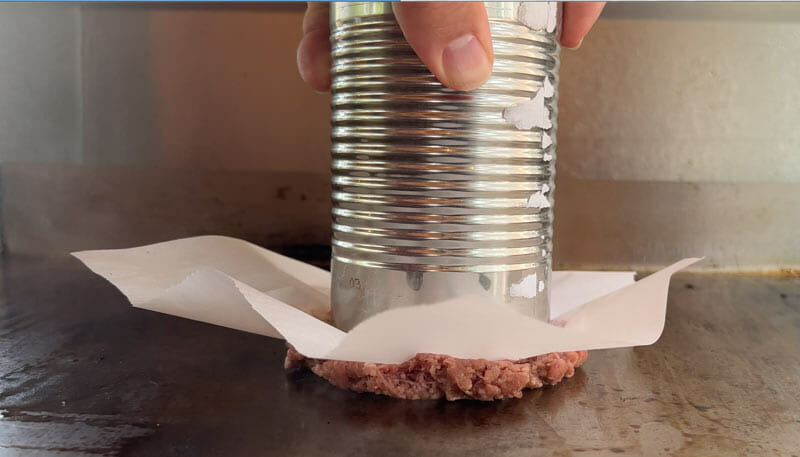
If we go with the classic way that it was done in the beginning, we can use a bean can like they did in Kentucky, but it's largely impractical and a bit messy in our experience. You need to use a piece of parchment paper to keep things from sticking, and it's an uneven smash.
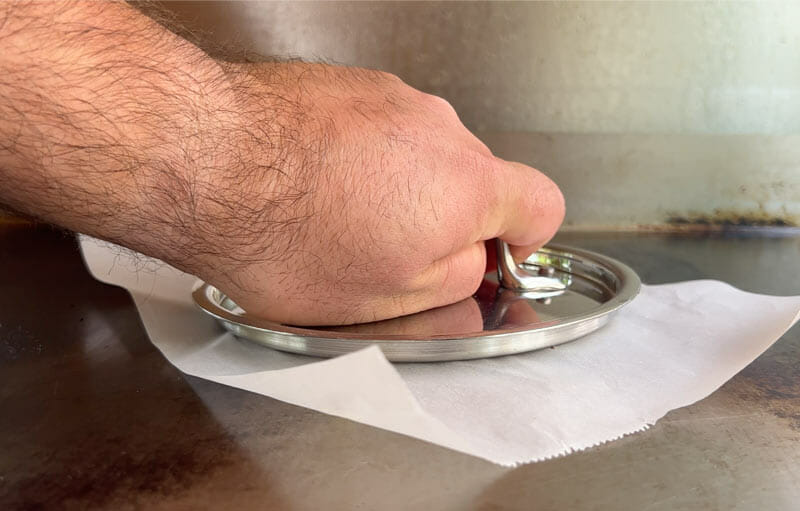
A pot lid is another traditional way to smash, and I haven't found a lid in our arsenal that can smash without using a piece of parchment paper to get a clean release. The smashing isn't too bad with a pot lid, but the edges around the lids that we have here make it so it's thicker than I prefer.

A burger press like this Sasquash is made of stainless steel, and just slides off the smash burger without using a piece of parchment paper, (which is common with non stainless presses.) Our preference is for a stainless steel press that slides right off the patty without tearing it apart when you're finished with the smash.
I like this Sasquash, which you can find on Amazon, and I liked it so much that I bought 10 of them to give out as Christmas presents last year.
How Flat Should I Smash The Patty?
The question of how flat to smash a smash burger is commonly asked, and it's time to see if flatter is better.
We took three of the 3 ounce patties and smashed one completely flat, as flat as we could get it. The second patty, we smashed to about the size of the bun we were using, and the last we just smashed enough that it was a little smashed, but still rather thick.
The completely smashed patty cooked much quicker than the rest, and the fat rendered in the first 15 seconds to leave almost a rubbery consistency around the edges of the smash burger.
The thickest patty cooked much slower, and was smaller than the bun we were working with, so it felt like I needed another ounce or two of ground beef in this one to make this work at that thickness.
The standard smash thickness that we use is right around 1/8th to 1/4 inch thick, and it's the thickness that wins for me since it gets a great sear and doesn't completely dry out while it's catching that sear.
What Is The Best Smash burger Seasoning?
Most smash burgers you'll find in restaurants are simply seasoned with salt, but is there a better way? We seasoned three homemade smash burgers differently to see if we had a preference between some of the popular recipes on the web.
The first patty was seasoned with just kosher salt after it was pressed flat. This is pretty standard, and salt only is the way that most restaurants roll when it comes to seasoning. Just salt makes a great burger, but can we improve it?
The second was seasoned with seasoned salt after the press, and this is a Texas bbq staple for imparting flavor while salting. We seasoned a patty with seasoned salt, and while it was good, it wasn't better than just plain old kosher salt for some reason.
I didn't pick up the extra flavor on a burger, and we ran this test multiple times because it surprised me that I couldn't pick it up. I even over-salted with seasoned salt, and it was just way too much salt without enough added flavor in our tests.
Lastly, I grabbed a bottle of Smoked Bros Point Man, which is their steak seasoning, so I thought it might be a good fit for a burger. I put on about the same amount of Point Man as I did salt, and to say that it amped up the flavor is an understatement.
Even Melissa on camera can be heard talking about the smell as soon as that seasoning hit the griddle, and the taste matches the smell. I've been using just salt for years now, but I'm switching my homemade smash burgers to Point Man since I've tasted the difference.
If you want to try it out, use the code BBQLAB20 to save 20% off your order.
When Is The Best Time To Add Seasoning?
Next comes the question of when do you season the ground beef? Is it before you roll it into balls? Do you just put a sprinkle of seasoning inside the ball and roll the meat up around it? Apply seasoning after the patty has been pressed?
We tested each of these seasoning methods, and it started by seasoning one ball of meat with salt the day before and let it sit in the refrigerator overnight. It's just like you would do with a brisket or a pork butt to dry brine. We cooked this patty the next day, and the dry brine changed the texture of the meat. It didn't fall apart in the mouth and was more chewy than I like, so that's out for me.
Next, we rolled up an unseasoned ball of beef and seasoned it once the ball of meat was placed on the griddle. Seasoning covered the meat ball, and also the griddle around it, and then we smashed. The seasoning that didn't end up in the patty just burned to a crisp and made the griddle dirty. The seasoning also didn't get evenly distributed in the smash, so this is a fail for me too.
Lastly, we seasoned a burger once it was pressed out on the griddle. This was the no challenge winner for me. Even coverage across the whole burger, and since the patty is only on the second side long enough for the cheese to start to melt, the seasoning doesn't burn. Seasoning the pressed patty for the win here.
How Many Times Should I Flip A Smash Burger?
I asked some people the questions they had about smash burgers, and someone wanted to know how many times you should flip a smash burger.
If you grew up with a gas grill in the back yard and had thickkkkk burgers, you might be used to seeing a burger flipped 5 or 6 times while cooking, but a smashed burger gets flipped one time.
How Long On The First Side before flipping?
But at what point in the cook should you flip smash burgers to the second side? Should you shoot for 75% of the cooking to be done on the first side to ensure maximum crust, or is there a maximum crust to doneness secret that nobody is talking about?
We made some burger patties and put them on a searing hot grill for 35, 40, 45 and 50 seconds, and here's how they looked at the flip. You can see the crust on the 35 second burger is underwhelming, but at 40 and 45 seconds we're getting close to the crust I like to see on a smashed burger. At 50 seconds, we had some of the burger get overcooked, so that's too far for me.
I think the magic number here is 40-45 seconds, and I'm using the 45 second number moving forward for a great crust without overcooking. Once I flip the patty to the other side, I'll add cheese on right away, and I pull it off the griddle as soon as the cheese starts to melt to keep the patty from overcooking.
I have a rule of 45 seconds on the first side and 8 seconds on the second side. That second side is quick, but it's all it needs to get that cheese melty while staying juicy.
What Is The Best Tool To Flip Smash Burgers With?
If you're cooking a griddle full of homemade smash burgers, having the right tool for the job is important. There's all kinds of devices to flip a burger, and some work better than others.
We tested the long spatula that comes with many griddles, and it isn't the best for smash burgers in any quantity. If you have smash burgers close to each other, you're going to be all up in the other burgers trying to flip one over at a time. I save these for stir fry on my griddle.
The second tool is a smaller spatula with an angled bevel on the end. I like this tool, and I use it for 80% of the griddle work I do here at the lab, but for smash burgers, the angle of the handle to the end of the spatula lifts up the burger too much when I'm trying to loosen the patty from the hot griddle. It works, but there's a better way.
We tried everything we had here at The Lab to flip a burger with, including our Hawg Lifter that we use for moving pork butts around on the grill. It worked, albeit impractical to say the least.

My favorite smash burger flipping tool is the flat blade scraper. I love this thing. It's flat, so it doesn't lift the burger up on it while I'm detaching it from the griddle, and it's just easy to control and work with. This is the tool that I turn to whether I'm doing just 4 burgers for the family or 150 smash burgers for the youth group.
What Is The Best Cheese For Smash Burgers?
American cheese is the only cheese that's suitable for a smash burger, right? I've always had American cheese on smash burgers, but I wanted to see if I could find something better, so we tried 4 varieties of cheese to try and dethrone the king.

Sliced cheddar cheese was up first, and the flavor just wasn't there like American. A slice of Havarti was up next, which is what we love on our sandwiches here at the house, but it gave us a rubbery texture and lacked the flavor that we know from our smash burgers.

We tried some Swiss American slices to see if a different flavor combo would wow the taste buds, but it fell short, leaving good old American cheese as the unanimous favorite when it came time to add cheese.
What Is The Best Hamburger Bun For Smash Burgers?
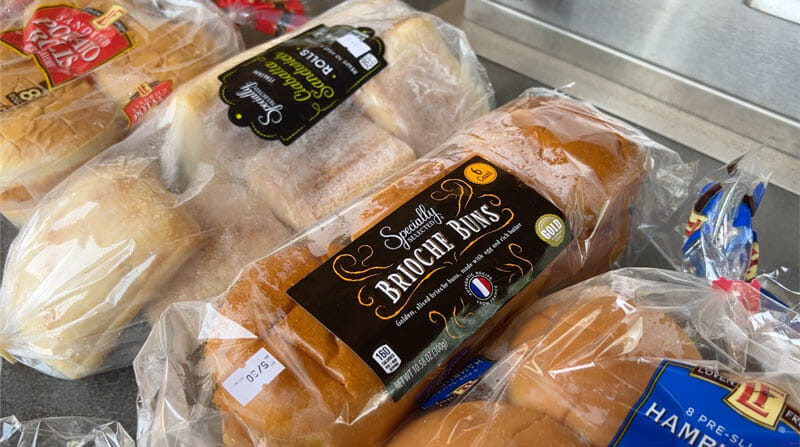
The hamburger bun is another huge factor in the best smash burger, so we made a burger with a standard hamburger bun that you can find in any grocery store, a potato bun that was a little larger than a standard hamburger bun, but potato in nature to see how it fared, a kaiser roll got in the mix, which was larger than anticipated but still worked, a ciabatta roll, which had the size right but was too chewy for the delicate burger patty and last but not least a Brioche bun.
All of the sandwiches were good, but the Brioche bun was far and away the best burger bun of the bunch for a smash burger. Just soft and pillowy while having the extra flavor from the egg yolks. Brioche hamburger buns are the best for the job in our testing. So good.
How Do I Make The Patty The Right Size For My Bun?
I get the question often of how you make sure the burger fits the bun that you're using. For me, I just eyeball the smashing process and hold up a burger bun to see if I'm close on the side for what I'm working with.
Know that the burger patties are going to shrink some, so press a little larger than what you want the end result to be, and you're in business. It takes a little practice, but after a few patties, it'll be natural for you.
Can I Make A Smash Burger With Pink In The Middle?
I grew up with our family ordering our burgers medium, so we always had a little pink in the middle of our juicy burger. Is it possible to make a smash burger with some pink in the middle, or are they all well-done?
I tried multiple tests trying to get a good sear on a patty as well as pink in the middle, and after many tests, it just doesn't work together. You can either have a great sear on the patty, or you can have a wimpy sear and a little pink in the middle.
The only way I found to be able to get both a great sear and some pink is to make the patty bigger, at least 4-5 ounces and press it much less than a traditional smashburger. I cooked it only about 35 seconds, flipped it and pulled it off about 10 seconds later.

That's the only way I could get a smashed patty with some pink in the middle, and while Uno liked it, the rest of the family wasn't ready to ask for their smash burgers this way in the future.
Our Perfect Homemade Smash Burger Recipe

So, all of this testing really comes down to this, what I think is the best smash burger you can make by testing each of the parameters of the smash burger making process.
Download our Perfect Smash Burger Checklist!

You start with 80/20 beef that's loose packed and kept in the refrigerator until it's time to put on the griddle. I like a double cheeseburger, so it's 2 three ounce balls of beef ready to go on to a 500 degree stainless steel hot griddle. No lubrication down on the surface of the griddle before the patty, and smash it to 1/8th - 1/4 inch using a stainless steel burger press that doesn't require the use of parchment paper.
As soon as the patty is smashed, start a timer for 45 seconds and season the top with Smoked Bros Point Man seasoning. When the 45 second timer is up, flip the burger over using a flat blade griddle scraper and immediately place down a piece of American cheese. Leave it on the griddle for about 8 seconds, until the cheese is starting to melt, double up the patties on a Brioche bun and this burger doesn't even need condiments, it's that good.
You've got to try this out at home and see for yourself. You can watch me eat this burger, but until you taste it yourself, you won't believe what you've been missing out on.
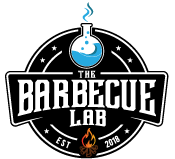
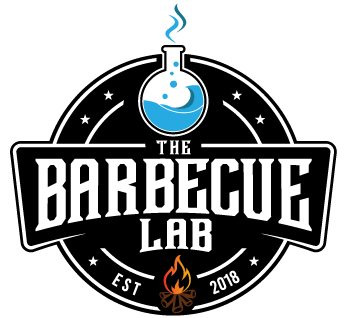
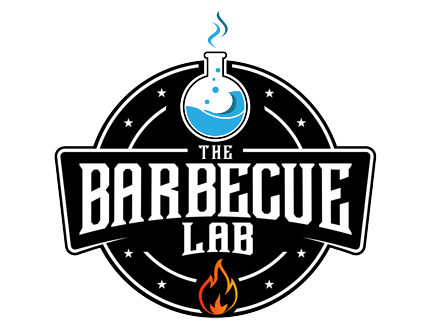

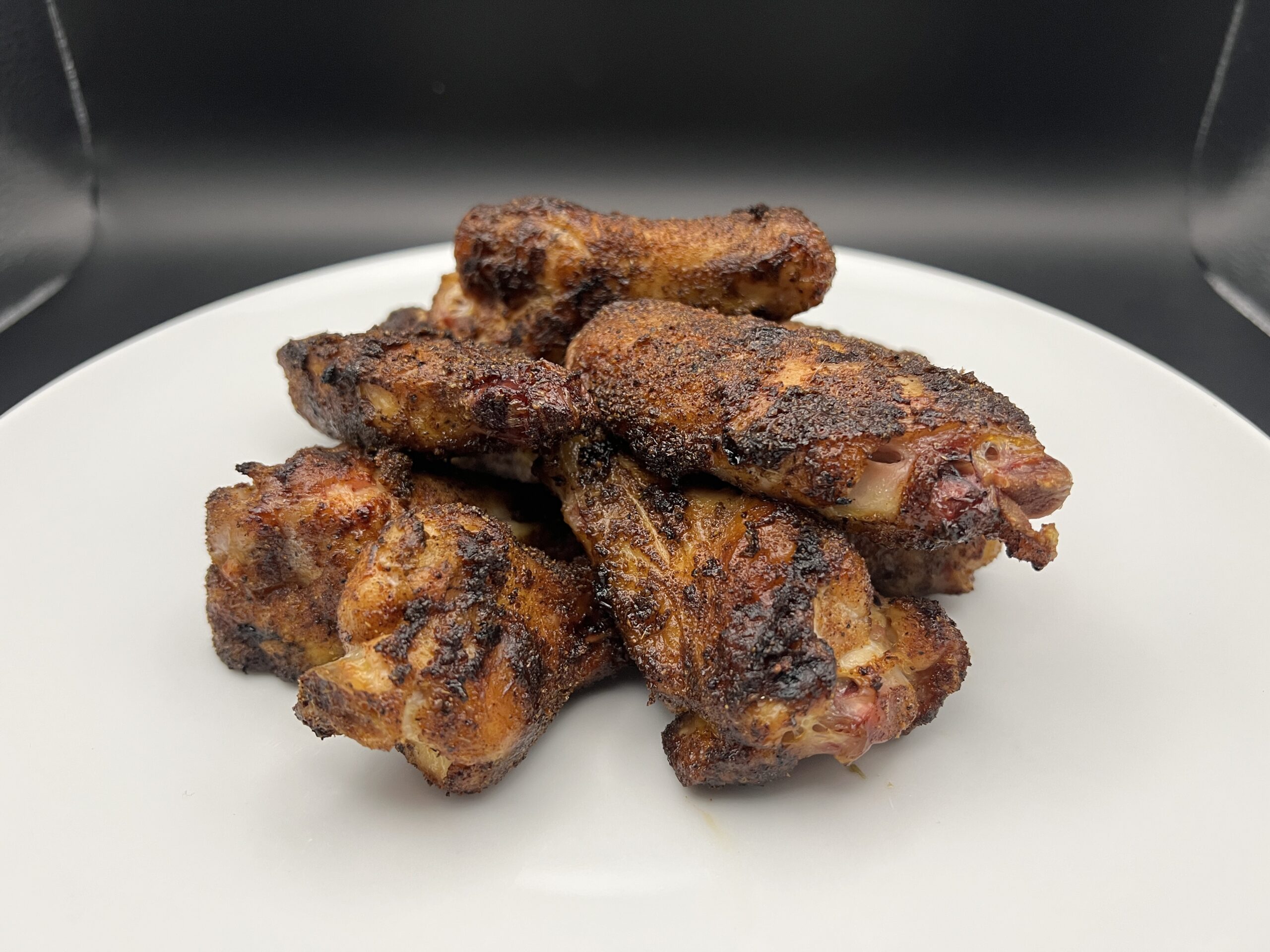
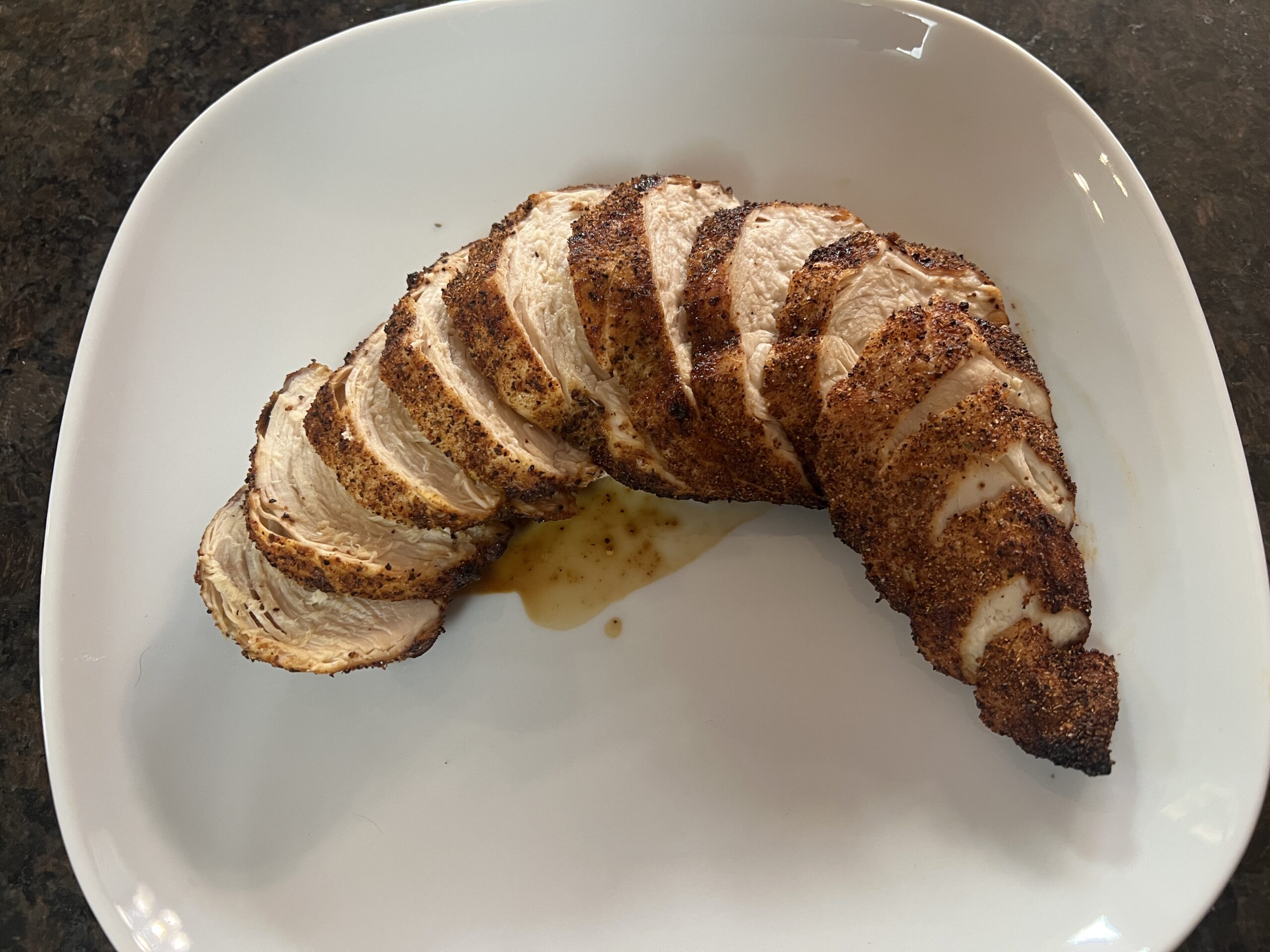
tae
May 27, 2024 5:33 pmGreat information and testing done to determine the best way to make a smash burger.
David
July 2, 2024 4:14 pmThis is pretty much exactly how I make my smash burgers except I use Webers Gourmet Burger Seasoning and I caramelize thinly sliced onions on the griddle before I drop the meat balls onto them. Toast lightly buttered brioche buns at a lower temp on the flat top before cranking up the heat to cook the burger patties and my wife dresses up the buns with condiments while I fry up the burgers. Serve with potato chips or fresh cut homemade fries.
Jeff
August 29, 2024 8:32 pmThank you so much for this incredible breakdown! Can you confirm which Sasquash burger press you use? The links don’t seem to be working, and I see they make a good range of options! Have you done any experimenting with different brisket and chuck blends?
David Gafford
September 3, 2024 3:47 pmHey Jeff, thanks for letting us know about the broken link! I’ve fixed it now, but this is the burger press we recommend. https://amzn.to/4dOAxmL They’ve changed the design a little from the one we use, but it’s still the same great quality.